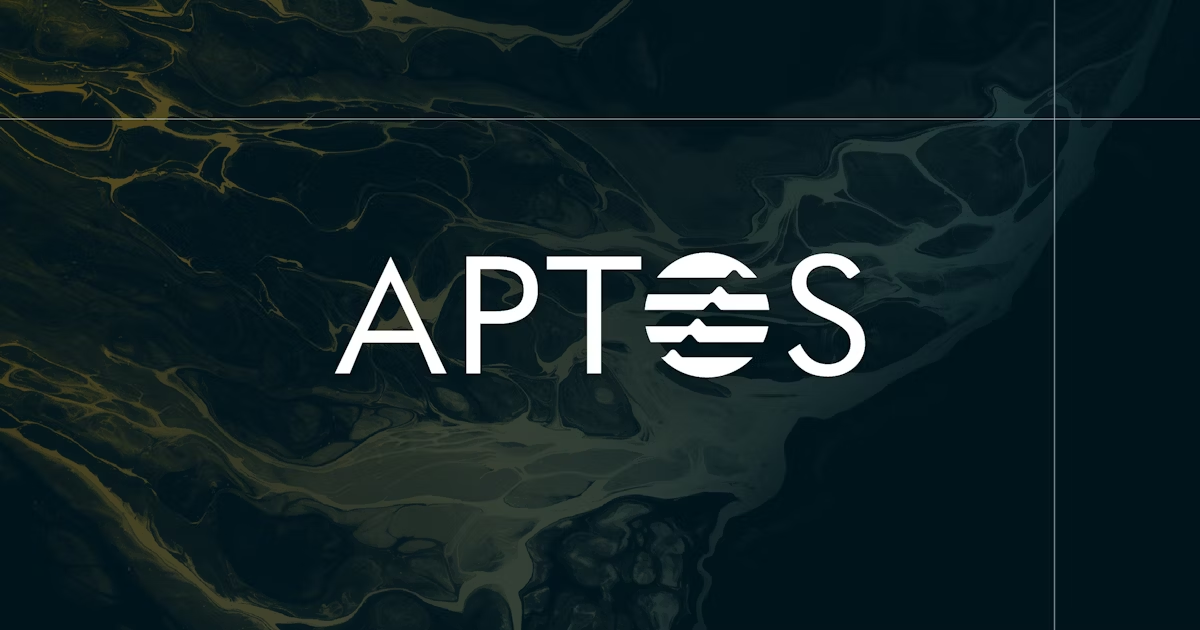Crypto market making is a process that helps to bring buyers and sellers of an asset to the market, creating much-needed demand, and therefore liquidity for individual tokens. The success of any kind of crypto asset is determined by its liquidity.
If a token is liquid, it will have both enough buyers and also be sold easily, as and when traders require it, without any significant change in its price, often referred to as slippage.
Market-making strategies are one of the most common ways of ensuring digital assets have the sufficient liquidity required to attract buyers and sellers. In general, market making refers to submitting both buy and sell orders, with the highest bid and lowest ask for a specific asset in the crypto market. The difference between the highest bid and lowest ask, which is the lowest price agreed by the seller, is known as the “spread”. Markets with a large spread are generally considered to be liquid. Without a market maker, many crypto markets will become much less active, as they fulfill the role of actively placing orders in order to earn profits based on the spready. In this way, market makers play a key role in maintaining liquidity.
What Role Does A Crypto Market Maker Play?
Traditionally, market makers were always hired by exchanges in order to quote bid-ask asset prices throughout the day, in order to maintain the spread for a certain digital asset below a maximum limit and minimum depth, while also maintaining orders for a minimum time. In other words, market makers serve a critical role in helping an exchange maintain its competitiveness, helping it to attract more users.
Individual crypto projects also have a use for market makers, who can help to ensure sufficient liquidity for newly-listed tokens. This is necessary because a new token will struggle to gain traction without any initial liquidity. In most cases, with new projects, there simply isn’t any kind of community to support demand for their tokens.
How Crypto Market Making Differs
While crypto market makers perform the same function as traditional market makers, namely creating liquidity, there are some differences. Probably the biggest difference between the two is that crypto markets are in many ways still stuck in the Wild West. They’re hosted on exchanges that are not safe, either from a regulatory or a technical standpoint, with the markets characterized by insanely volatile asset prices. Moreover, things like “wash trades” remain a common practice in crypto, and the fundamental and technical chart analysis isn’t as reliable as it is with traditional markets. Due to these realities, crypto trading is a wild ride for any trader.
Crypto markets have other unique aspects too, with the relatively low liquidity of most assets that causes significant risk of slippage and enables some traders to manipulate the price of assets with ease. As such, there’s a much higher risk of flash crashes when a large buy or sell order is placed.
On the other hand, the barrier to entry for crypto markets is much lower than it is in traditional markets. In addition, market makers are often incentivized to provide liquidity with rebates – a percentage of the trading fee paid by the liquidity taker.
The role of market maker is typically played by brokerage houses, hedge funds and private firms with sufficient expertise and resources. Their importance cannot be stressed enough, as the presence of an efficient market maker can help to accommodate much larger institutional investors by absorbing large orders without increasing volatility.
Choosing A Market Maker
When it comes to choosing a market maker to partner with, the first and most important thing is to work with a firm that has a solid and established reputation, together with the required expertise.
One of the best-known crypto market makers is Antier, which provides a range of services via its software-based offering, including relevant Bid-Ask orders and real-time adjustability to rapidly altering market situations.
Alternatively, early-stage crypto projects can benefit from the kind of partnership-based approach that’s touted by Auros, which aims to form long-term partnerships to ensure not only sufficient liquidity, but also accelerate ecosystem growth.
Whereas most market making services are paid out according to effort, Auros differs with its Key Performance Indicator-based results, which ensures projects have greater confidence in its ability to deliver. Under this model, Auros is contractually obligated to deliver to its KPIs.
It’s a unique method that has shown Auros to be a reliable strategic partner for multiple projects, including Clearpool, Radix and Qredo, to name just a few.
Final Thoughts
Market makers are the backbone of any kind of digital asset trading. MMs create and develop markets for digital assets while enabling new trading venues to survive and thrive. The key function of market makers is that they provide the liquidity needed to ensure the stability of asset prices, which is something that requires both resources and ninja-style skills.
Credit: Source link













































































































































